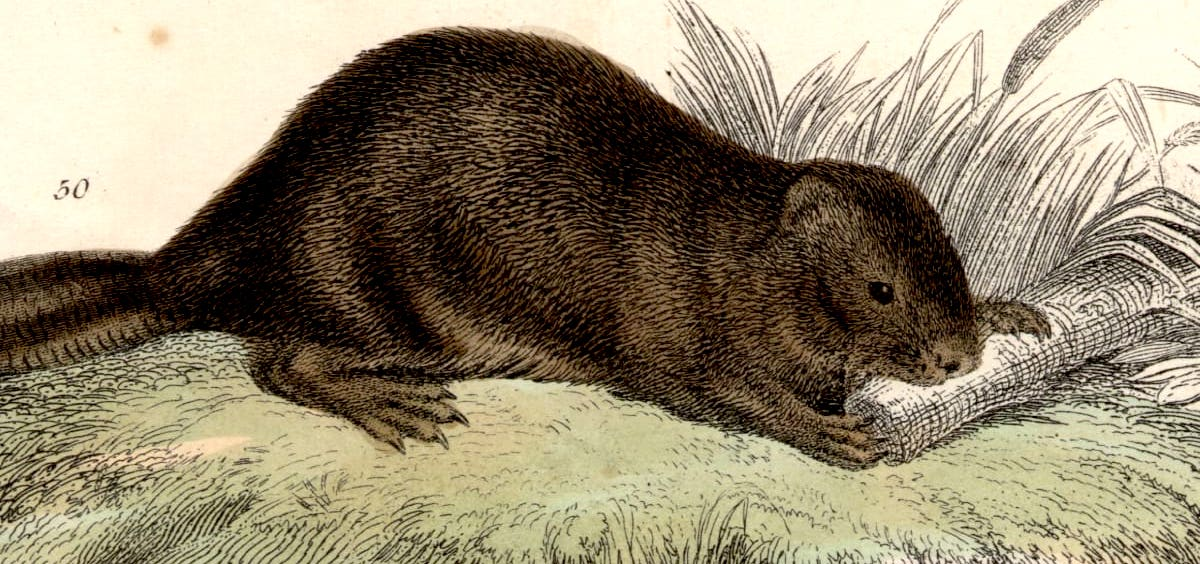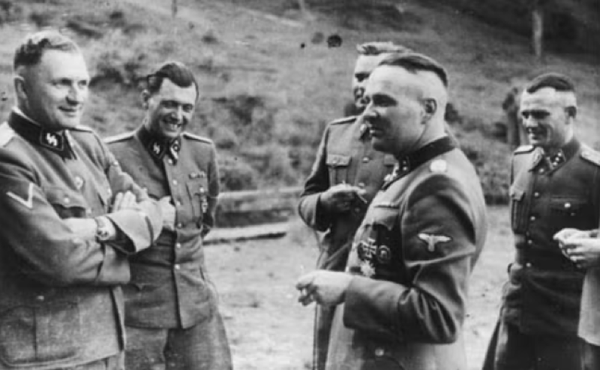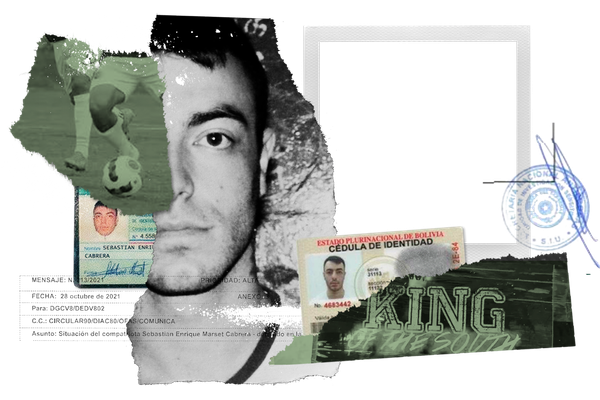Beavers: Part bear, part bird, part monkey, part lizard

It gives me great pleasure to link to this excellent piece on the underlying weirdness of Canada's national creature, the beaver. "There is an element of the sacred in the beaver, if only in its deep weirdness. One million years ago, beavers the size of bears roamed North America. They pose an evolutionary puzzle, like the platypus, or birds, which share some DNA with dinosaurs. When they dive, they seem more like marine mammals than terrestrial species, more seal than rodent. Their dexterous forepaws look startlingly human with their five nimble fingers and naked palms. They groom their lustrous fur with catlike fastidiousness. Their mammalian beauty ends abruptly in the gooselike hind feet, each as wide as the beaver’s head. The feet are followed by a reptilian tail, which, it has been observed, looks like the result of some terrible accident, run over by a tractor tire, the treads leaving a pattern of indentations that resemble scales."

How three women set a new climbing record
Sasha DiGiulian writes about how she and her team conquered a 16-metre big wall called Rayu, in northern Spain. "During dinner, the bartender told us that a local climber we’d been coordinating with wagered we’d need to be rescued by helicopter from the mountain within the first week of our expedition. 'The mountain is very dangerous,' the local climber said. 'Maybe it would be a good idea for you to try the easier routes on the left side.' Men have underestimated my climbing abilities for as long as I can remember. I signed my first sponsorship deal when I was 12 years old, a decade and a half ago, and I’ve been on enough trips since to anticipate that some guy is always going to assume he knows more than me, or suggest an easier climb. I’ve learned to tune it out. Yet something felt different in Posada de Valdeón."

Who really invented the thumb drive?
In 2000, at a trade fair in Germany, an obscure Singapore company unveiled a solid-state memory chip encased in plastic and attached to a USB connector. The gadget, roughly the size of a pack of chewing gum, held 8 megabytes of data and required no external power source, drawing power directly from a computer when connected. It was called the ThumbDrive. That device, now known by a variety of names—including memory stick, USB stick, and flash drive—changed computing. But the company, Trek 2000, hardly became a household name. And the inventor of the thumb drive and the company's CEO, Henn Tan, did not become as famous as other hardware pioneers like Robert Noyce, Douglas Engelbart, or Steve Jobs. Even in his home of Singapore, few people know of Tan. Why? Overlapping and competing claims surrounding the origin of the thumb drive.

Director Christopher Nolan's obsession with live action instead of CGI
I don't usually link to Twitter threads, but this one stuck out so I am making an exception – it's from Trung Phan, who is a business writer and obviously a Christopher Nolan fan. In the thread, he gives a few examples of Nolan's commitment to using live-action shots instead of doing everything with CGI, which seems to be the default choice for a lot of directors. One example: In the movie "Interstellar," there are a number of shots of people driving through a cornfield – Nolan spent $100,000 to plant 500 real acres of corn in Alberta, and then after filming, he sold the crop for a profit. Example 2: In the movie "Tenet," he actually crashed a full-sized 747 into an airplane hanger, which not only looked more authentic but turned out to be cheaper than doing it with CGI.

This master of illusion does it all in the name of neuroscience
It is not every day that you are separated from your body and then stabbed in the chest with a kitchen knife. But such experiences are routine in the lab of Henrik Ehrsson, a neuroscientist at the Karolinska Institute in Stockholm, who uses illusions to probe, stretch and displace people's sense of self. Out-of-body experiences are just part of Ehrsson's repertoire. He has convinced people that they have swapped bodies with another person, gained a third arm, shrunk to the size of a doll or grown to giant proportions. The storeroom in his lab is stuffed with mannequins of various sizes, disembodied dolls' heads, fake hands, cameras, knives and hammers. It looks like a serial killer's basement. “The other neuroscientists think we're a little crazy,” Ehrsson admits.

The inside story of the viral "Pizza Rat" video, as told by its creator
In 2015, I was 34 and two of my regular gigs were with the Upright Citizens Brigade Theatre's now-closed East Village location, commonly known as "The Beast." I bartended a few nights a week at the connected bar, The Hot Chicks Room. I also regularly performed comedy, including cohosting Sunday night's open-mic for sketch and improv acts, Bring Your Own Team. Around 1 a.m., I was walking home after having a few drinks with my buddy, Pat Baer. We left before closing time and began heading for the Brooklyn-bound L train, as I lived in Bushwick. Dead tired, we didn't say much to each other. That is, until I looked over and saw something. It was a rat, dragging a slice of pizza.

This Victorian radiator has an extra feature
Victorian Era Radiator with Bread warmer. pic.twitter.com/374BsU7hwG
— The Museum of Curiosities (@CuriosMuseum) November 30, 2022

